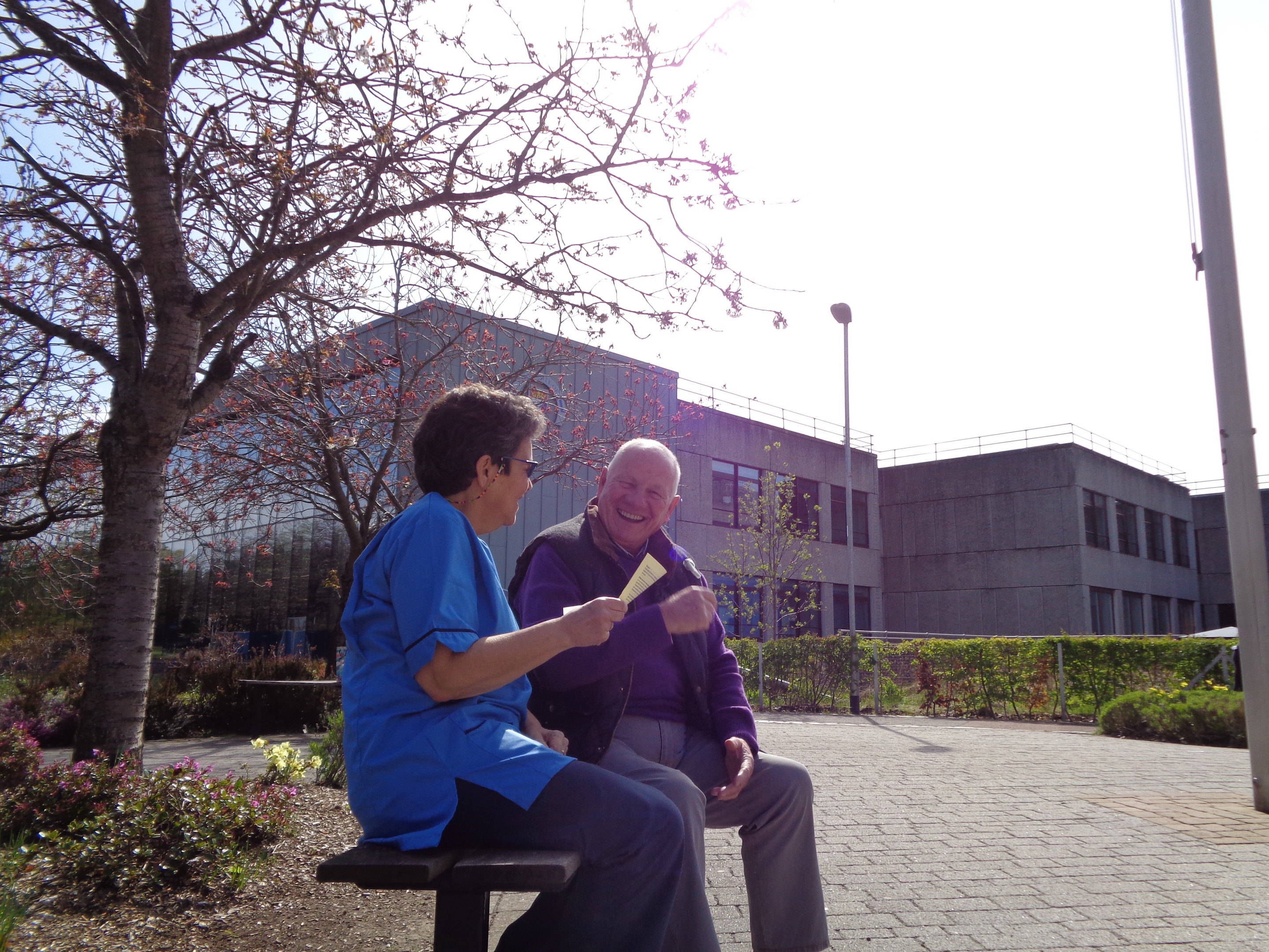Sunshine doesn’t just put us in a better mood – it’s good for our health.
Researchers at Dundee University have discovered that sunlight can act as an effective medial treatment, even in the most northerly parts of Scotland.
A process called daylight photodynamic treatment uses visible light from the sun as a source of treatment for skin conditions.
During treatment, patients wear sunscreen to protect themselves from harmful ultraviolet rays. A light sensitive cream, which is absorbed by diseased tissue, is applied and the skin then exposed to daylight for at least two hours.
This protects healthy skin while treating the diseased skin.
Lead researcher Dr Paul O’Mahoney, from the university’s school of medicine, said: “Daylight PDT is increasingly undertaken elsewhere, but its use has lagged behind in the UK.
“This is understandable, as there are concerns about the use of a treatment in the UK that relies heavily on the weather. Confidence in the use of effective light delivery is required.”
Now Dr O’Mahoney and colleagues have found that even in the most northerly parts of the UK daylight PDT is a viable option, even outwith the summer months.
Their work has arisen from a study focused on actinic keratoses (AK), pre-cancerous lesions which appear as dry, scaly patches of skin and are caused by damage from chronic sun exposure.
In the UK it is often treated through photodynamic therapy (PDT), where light is shone on to the affected area of skin after a light-activated cream has been applied to kill the abnormal cells.
This takes place in a clinic but daylight PDT presents a less painful and more convenient treatment for patients.
This collaborative study, between the university, NHS Tayside, Public Health England and Salisbury NHS Foundation Trust, found that daylight PDT can be performed throughout the UK, from the most southerly to the most northerly locations.
It can also be performed at times of the year in the UK not previously considered.
The study looked at locations as far apart as Camborne in Cornwall to Lerwick in the Shetlands.
Researchers did find that while the sunlight may be strong enough to apply the treatment, patients might find it too cold to sit outside for the period required, so conservatory-based treatment may be a solution during the colder months.
Results contained in a research paper published by the British Journal of Dermatology detail how the investigators studied thousands of daylight measurements throughout the country to work out where in the country would be suitable for treatment.
Dr O’Mahoney said: “We anticipate that this model will provide guidance for those involved in delivering dPDT clinical services and reassurance for both practitioners and patients as to when they can and cannot use dPDT in the UK.”





